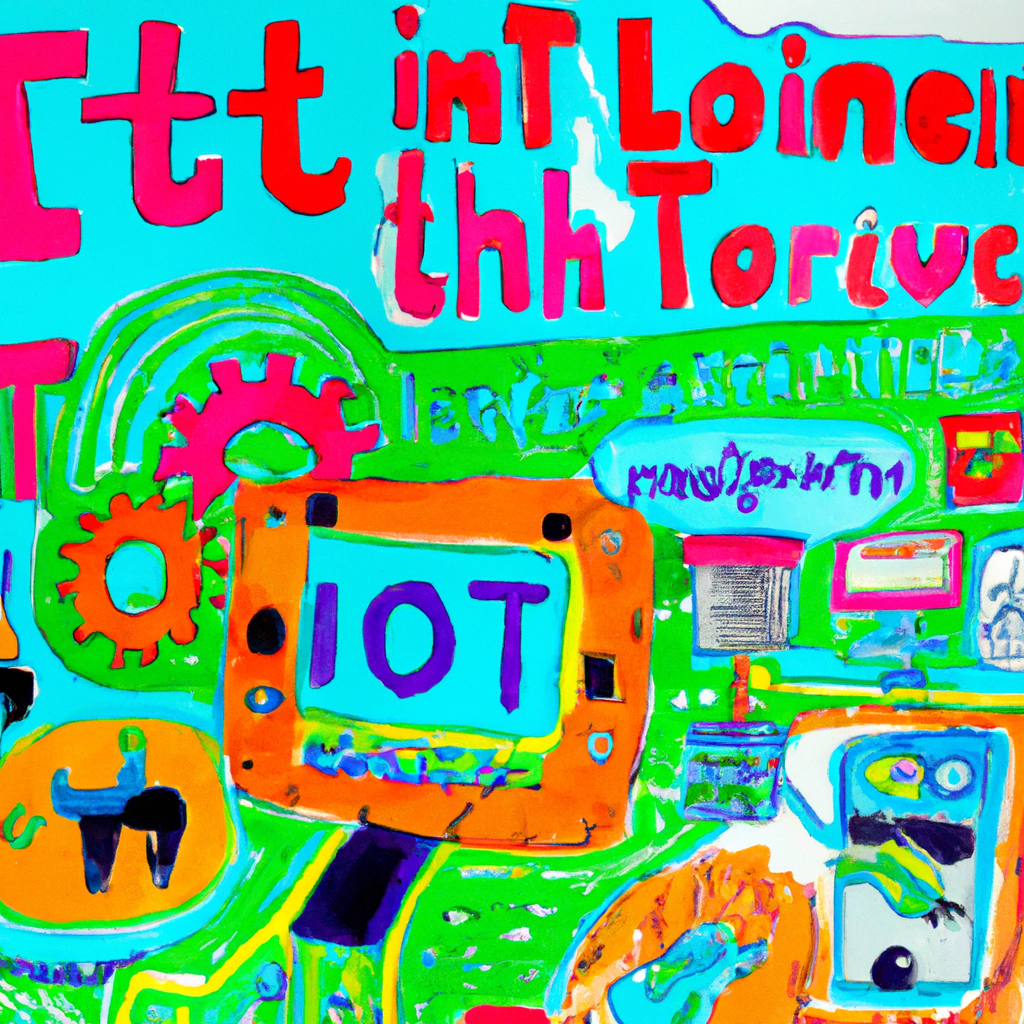The Industrial Internet of Things (IIoT) is a transformative concept that is redefining the industrial sector. It is an integral part of the fourth industrial revolution, also known as Industry 4.0. IIoT refers to the integration of complex physical machinery with networked sensors and software, used to predict, control, and plan for better business and societal outcomes.
What is IIoT?
IIoT is a network of intelligent computers, devices, and objects that collect and share huge amounts of data. The collected data is sent to a central Cloud-based service where it is processed and then useful information is returned to the end user. While the concept of IIoT is often associated with industries like transportation and manufacturing, it can apply to any business or sector.
IIoT is transformative and offers numerous benefits to industries. It allows companies to improve efficiency, productivity, and performance while reducing costs. For example, predictive maintenance technology can identify potential equipment failures before they become operational problems, reducing downtime and repair costs.
IIoT can provide real-time operational insights, allowing for faster and more informed decision-making. It can also enable companies to offer new services to customers, creating new revenue streams and opportunities for growth.
Challenges in IIoT
IIoT also presents challenges. The integration of IT (Information Technology) and OT (Operational Technology) can be complex and require significant changes to existing systems and processes. Security is another major concern. The IIoT opens up new attack vectors for cybercriminals, and protecting sensitive data and critical infrastructure is a significant challenge.
Despite these challenges, the potential benefits of the IIoT are driving rapid growth and adoption. According to a report by MarketsandMarkets, the IIoT market is expected to reach $263.4 billion by 2027, growing at a compound annual growth rate (CAGR) of 16.7% during the forecast period.
What’s Next in IIoT?
The future of IIoT is promising, with advancements in technologies such as artificial intelligence (AI), machine learning (ML), and predictive analytics driving its evolution. These technologies are enabling more sophisticated data analysis and decision-making, further enhancing the benefits of IIoT.
The Industrial Internet of Things is a powerful concept that is reshaping industries. It offers significant benefits, including improved efficiency, productivity, and performance, and the potential for new services and revenue streams. However, it also presents challenges, particularly in terms of integration and security. Despite these challenges, the future of IIoT is promising, with advancements in AI, ML, and predictive analytics driving its evolution. As we move further into the era of Industry 4.0, the IIoT will continue to play a critical role in driving industrial transformation.

